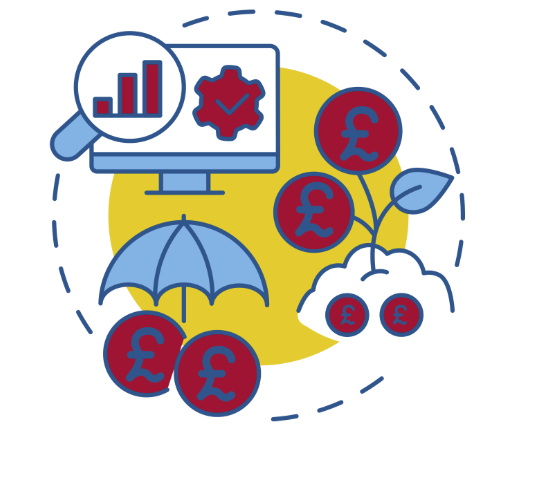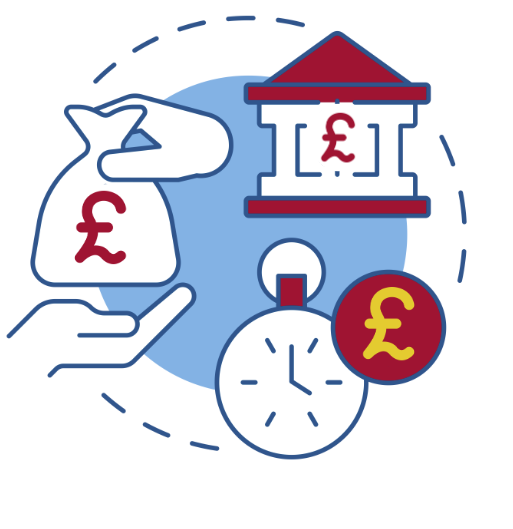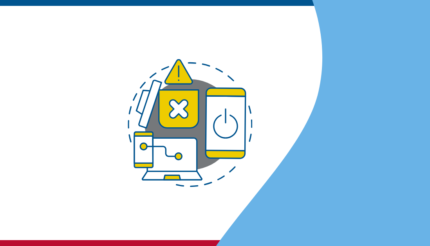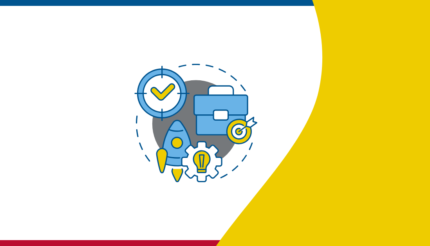Why Cashflow is King
You can have a great product, a solid team, and even steady sales, however if you don’t have control over your cash, your business will always feel like it’s on the edge. Cashflow is more than just numbers on a spreadsheet. It’s the lifeblood of your business.
Without it, growth stalls, stress rises, and opportunities slip away.
The good news? Cashflow problems aren’t random. They’re usually the result of missing systems, poor habits, or not knowing what to track. The better news? These things can be fixed.
Let’s look at a few simple yet powerful principles to take control of your cashflow and build a business that runs smoothly and predictably, without sleepless nights.
Key Principle #1. Know Your Numbers (and Look at Them Often)
You can’t manage what you don’t measure. Weekly cashflow forecasting might not sound exciting, but it will change how you run your business. This tells you what’s coming in, what’s going out, and what you can actually afford. Making decisions with real-time data gives you confidence, not guesswork.
Key Principle #1 Case Study: GreenBear
E-commerce brand GreenBear struggled with erratic cash despite growing sales. By introducing a 13-week rolling cashflow forecast and reviewing it every Monday, the founder gained visibility and stopped overspending. Within 3 months, they had a surplus buffer of £60k.

Key Principle #2. Stop Funding Your Clients’ Businesses
If you’re offering 30-day payment terms but paying your suppliers in 7, you’re acting like a bank. That creates a cash gap that gets harder to manage the more you grow. By aligning your payment terms, or charging upfront, you free up working capital.
Key Principle #2 Case Study: BlueFox Creative
Digital agency BlueFox Creative made a bold but smart move. They ditched their old net-30 payment terms and shifted to 50% upfront on all projects. For their retainer clients, they brought in GoCardless to automate payments. The result? Cashflow stress disappeared almost overnight. No more chasing invoices. No more waiting weeks to get paid for work already done.
So here’s the surprising part: client commitment shot up too. When people put money down upfront, they show up differently. They’re more invested, more responsive, and more likely to follow through. BlueFox didn’t just improve their bank balance, they improved client behaviour. It was a simple change with a powerful ripple effect.

Key Principle #3. Build a Cash Reserve, Not Just Revenue
Sales are exciting. Seeing that revenue climb feels like you’re winning. But here’s the reality check, revenue doesn’t pay the bills. Cash does.
You can’t pay staff, cover rent, or sort your tax bill with a fancy sales report. And when a client pays late (because it will happen), you don’t want to be the one scrambling, stressed, and stuck. That’s why cash flow isn’t just a number, it’s your safety net. It’s peace of mind.
So here’s the move: commit to setting aside a fixed percentage of income every single month, even if it’s small to start. Do it automatically. Make it a non-negotiable. You’ll be amazed how quickly it adds up. And when things get tight (and they will), you’ll thank your past self for being smart.
Cash is control, confidence and it keeps your business breathing. Don’t just chase sales, protect your margin and build your buffer.
Key Principle #3 Case Study: TrueNorth Consulting
TrueNorth Consulting in Bristol made this a non-negotiable after nearly folding from a VAT surprise. They built a £90k reserve over 12 months by allocating 5% of every invoice into a separate savings account. That reserve later funded a growth hire who doubled revenue.

Key Principle #4. Focus on Margins, Not Just Sales
When you’re a business owner, you know that It’s easy to fall into the trap of chasing revenue—more sales, more clients, more turnover. But here’s the truth: revenue is vanity, profit is sanity. What really matters is what stays in your pocket after the work is done. Every product or service in your business should pull its weight. If it’s not profitable, it’s draining your time, energy, and resources.
Ask yourself: Is this offer worth the effort? If not, it’s time to cut it or fix it. Start by trimming low-margin products that only create busy work.
Streamline your delivery so you’re not losing time, or sanity; on inefficiencies. And most importantly, price for profit, not popularity. Don’t race to the bottom just to win volume. You’re not here to be the cheapest, you’re here to build a sustainable, profitable business.
Remember, profit isn’t an afterthought, it’s the goal. Make sure your offers know that.
Key Principle #4 Case Study: LumiEvents
LumiEvents, found that 40% of their service packages were actually losing money once delivery costs were factored in. They raised prices, trimmed non-essential offers, and saw net profit increase by 18% in six months.

Key Principle #5. Get a Finance System That Runs Without You
If you’re still chasing invoices by hand and wrestling with spreadsheets late at night, it’s not just exhausting, it’s holding your business back. It’s time to systemise and reclaim your headspace. Tools like Xero or QuickBooks don’t just do the maths for you, they automate the boring stuff, reduce errors, and give you real-time clarity on your cash flow. Imagine logging in and instantly knowing exactly where your money is. No guesswork. No drama.
And here’s the game-changer: bring a sharp bookkeeper into the mix. Someone who doesn’t just crunch numbers, but helps you see the story behind them ; spotting issues before they become disasters and keeping your finances on track while you focus on growth.
Stop letting admin run your business. Put smart systems in place, delegate the detail, and start leading like the business owner you’re meant to be.
Key Principle #5 Case Study: BrightPath Talent
Recruitment agency BrightPath Talent automated its invoicing, collections, and reporting. What used to take 10 hours a month now takes 2, freeing up time for strategy and client growth. With tighter financial control, they expanded into a second niche with confidence.

Strategy Summary
- Set up a weekly cashflow forecast and review it every Monday.
- Shift payment terms in your favour, upfront or direct debit.
- Open a separate account and start building a cash reserve.
- Analyse margins on each product/service and adjust pricing.
- Automate invoicing and hire a part-time bookkeeper if needed.
Final Thoughts
Cashflow doesn’t have to be a constant battle. When you take the right steps and keep it simple, you put yourself back in control. More clarity means less stress, more confidence, and more cash in the bank.
Want help putting these principles into play in your business?
Take Action
Book a FREE 30-minute Business Discovery Call with me. We’ll look at where your cash is getting stuck and how to get it flowing again.
Without stress, guesswork, or spreadsheets that make your eyes hurt. We can follow this up with a complimentary strategy session so you can put everything into action and see your business grow, without putting in extra hours!
Our Events
Running a business can feel lonely, but it doesn’t have to.
Every month, as part of our Entrepreneurship Academy and 1-2-1 Business Coaching Programmes, we bring ambitious business owners together to learn, plan, and grow. You’ll walk away with clarity, a solid action plan, and a few new connections who actually get what you’re building.
Whether it’s one of our Business Growth MasterCLASSes or a 90-Day Planning Workshop, come see for yourself.






